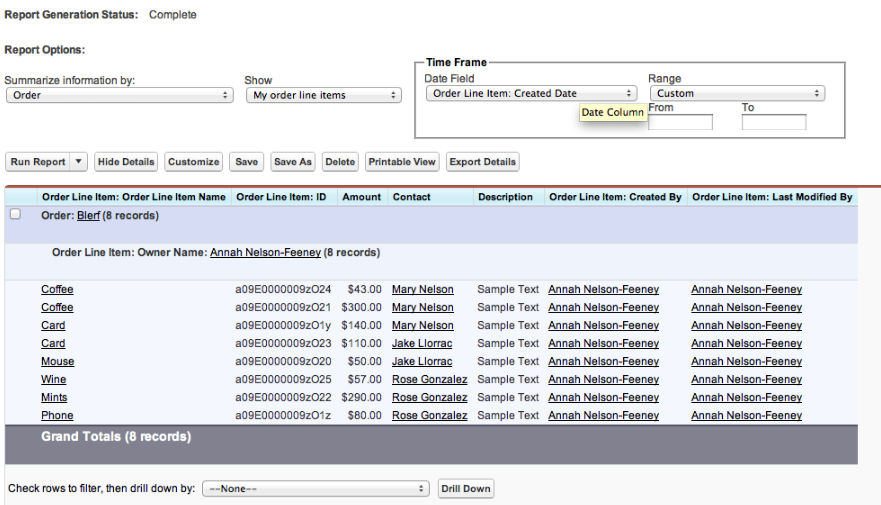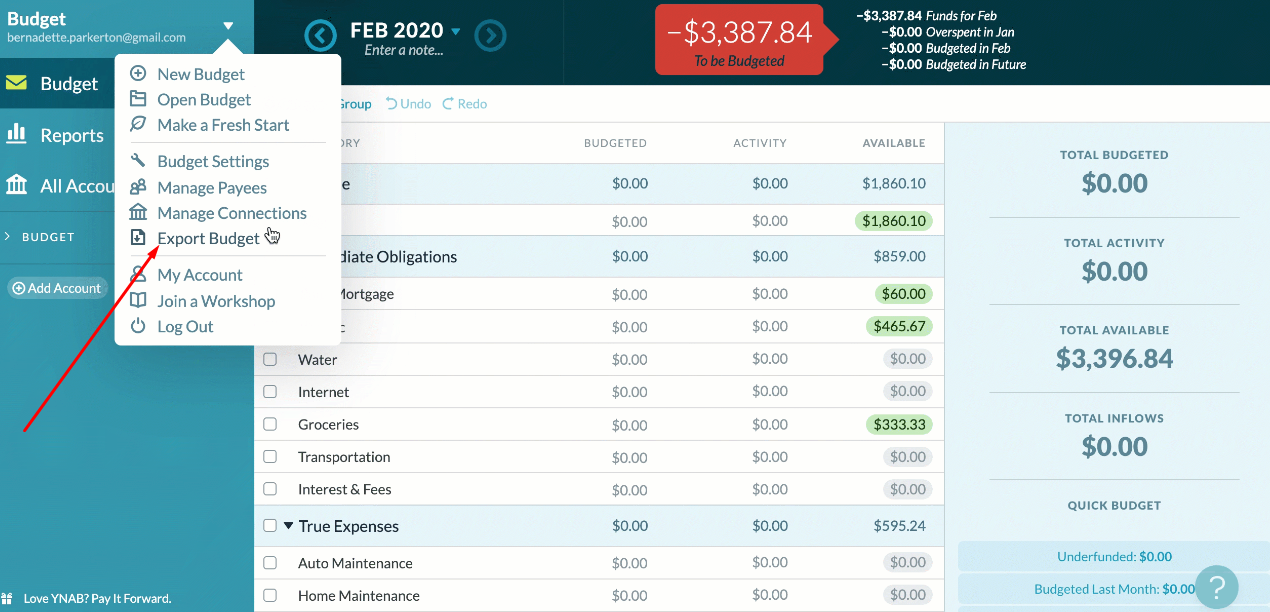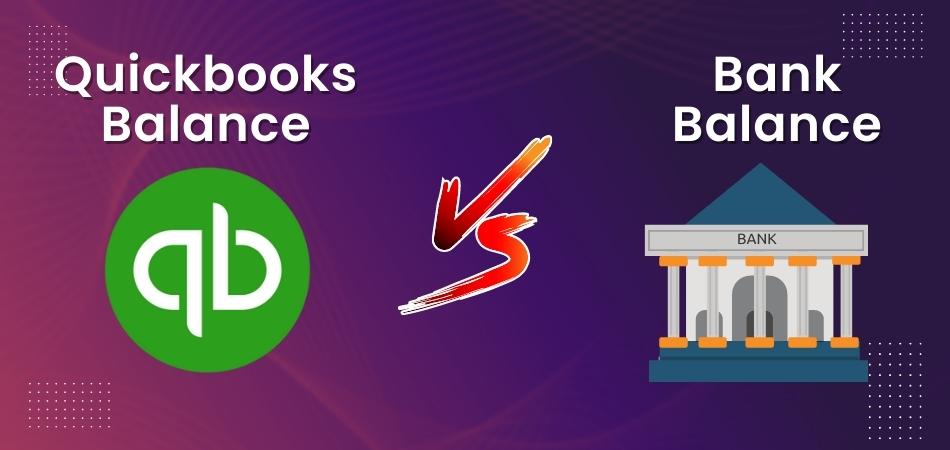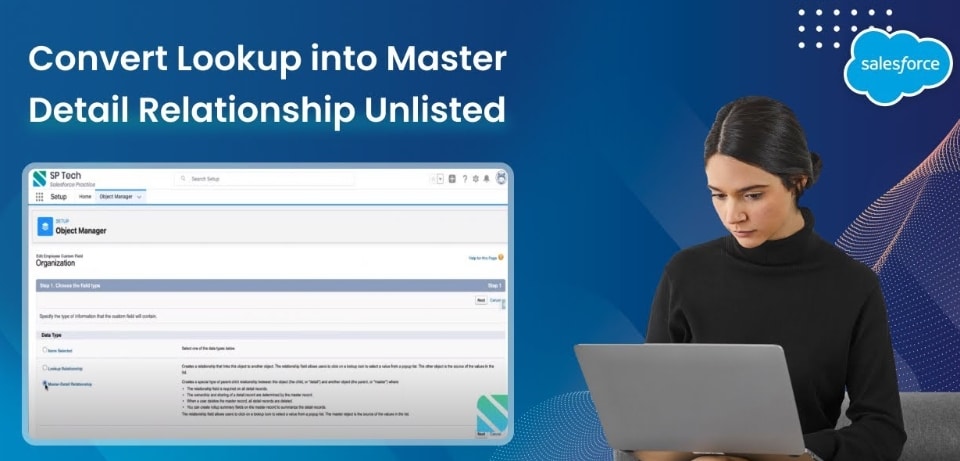Checking Account Fees: Learn the Main Ones and How to Avoid Them

Anúncios
In the United States, having a checking account is very common for managing day-to-day finances.
However, checking account fees can often surprise consumers, adding a considerable cost to financial management.
Anúncios
Charges vary depending on the bank, the type of account, and the transactions made, but with some tips, it’s possible to avoid or minimize them.
Let’s dive into the main fees associated with checking accounts, how they work, and what can be done to reduce their impact on your wallet. Don’t miss a detail!
Anúncios
What are the Main Checking Account Fees?
Checking account fees are charged for different reasons, and understanding which are the most common can help you minimize the costs related to using this type of account.
Here are the most frequently encountered fees in U.S. checking accounts:
Monthly Service Fee
The monthly service fee is one of the most common in checking accounts. This charge is applied to cover the cost of maintaining the account and varies depending on the bank or the type of account you have.
In general, this fee ranges from around $10 to $15 per month. However, many banks offer ways to avoid this fee, such as maintaining a minimum balance in the account or setting up regular direct deposits.
Some banks, particularly digital ones, do not charge this fee, so it’s important to evaluate the different options before choosing your checking account.
Overdraft Fee
The overdraft fee is charged when you spend more money than you have available in your checking account.
Essentially, the bank covers the difference to prevent your payment or transaction from being rejected, but in exchange, they charge you a fee for this service.
This fee can be high, ranging from $30 to $35 per occurrence. Some banks offer overdraft protection, where the missing amount is automatically transferred from another account, such as a linked savings account, to cover the negative balance.
But beware, this protection comes with its own cost, so it’s worth checking your bank’s rules.
NFS – Non-Sufficient Funds Fee
The non-sufficient funds (NSF) fee is similar to the overdraft fee, but in this case, the bank does not cover the difference.
Instead, the transaction or payment is rejected due to insufficient funds, and you are charged for attempting to spend more than you have available.
The amount of this fee is usually the same as an overdraft fee, around $30 to $35. As with the overdraft fee, the best way to avoid the NSF fee is to regularly monitor your checking account balance and be cautious when issuing checks or making payments.
Foreign Transaction Fee
If you use your checking account for purchases or transactions abroad, you’ll likely be charged a foreign transaction fee.
This fee is typically equivalent to 1% to 3% of the transaction amount and is applied when you use your debit card in another currency or outside the United States.
Some banks offer checking accounts with a waiver of this fee, which is very advantageous for those who travel frequently or make many international purchases.
ATM Fee
ATM fees are charged when you use an ATM that is not part of your bank’s network. Both the bank that operates the ATM and your own bank may charge separate fees.
The amount varies but typically ranges from $2.50 to $5 per transaction. These fees can quickly add up if you frequently use out-of-network ATMs.
To avoid this fee and additional complications, it’s ideal to use only ATMs within your bank’s network or find banks that reimburse third-party ATM fees.
How to Avoid Checking Account Fees?
Now that we know the main checking account fees, how can we avoid them? Here are some super useful tips to reduce or even eliminate these charges from your account. Let’s go!
Know Your Account Fees
The first step to avoiding checking account fees is to be fully aware of which fees your bank charges.
With that in mind, we advise you to read your checking account contract and understand the bank’s policies on maintenance, overdrafts, insufficient funds, and international transactions.
Most banks also offer this information online, making it easier to compare different financial institutions before choosing the best one for you.
Therefore, knowing in advance which fees might be charged in each situation helps you avoid unpleasant surprises when using the account after it’s opened.
Look for Banks that Don’t Charge Fees
In recent years, many online banks and fintechs have started offering checking accounts without maintenance fees or with much more flexible fee policies.
This happens because these banks generally have lower operating costs and can pass on the savings to their customers.
However, some brick-and-mortar banks have special account options, such as accounts for students or those who meet specific requirements, that are exempt from some fees.
Analyzing all these options is an effective way to minimize checking account fees.
Maintain Your Minimum Balance
In many checking accounts, one way to avoid the monthly service fee is by maintaining a minimum balance.
This amount varies, but it’s generally between $1,000 and $1,500. By keeping this amount in your checking account, you can avoid maintenance fees and save a considerable amount over time.
If it’s difficult to maintain the minimum balance, it may be worth considering a checking account that doesn’t require this condition, especially if you don’t regularly keep large sums in your account.
Have Overdraft Protection
Overdraft protection is a great way to avoid hefty overdraft fees. Many banks offer this service, which transfers funds from a savings account or credit card linked to the checking account to cover transactions that exceed the available balance.
While this service has a cost, it is lower than the overdraft fee. Carefully check whether your bank offers this type of protection and what the associated costs are.
Avoid Certain Transactions
Many checking account fees can be avoided simply by adjusting your banking behavior. If you frequently use ATMs outside your bank’s network, start planning your withdrawals to use only in-network ATMs.
Another tip is to try to avoid international transactions or choose a bank that doesn’t charge you for overseas transactions.
Always monitor your account balance to avoid the NSF and overdraft fees. Using balance alert services available in banking apps is a perfect way to stay informed and protect yourself from these charges.
Checking account fees are frustrating, but with good planning, many of them can be easily avoided.
Knowing your bank’s policies, looking for institutions that offer no-fee accounts, and regularly monitoring your balance are key steps to keeping your finances in check and staying free from unnecessary charges.
Our goal is always to help you better understand checking account fees! Are you ready to choose an account that meets your needs without compromising your budget?
Keep browsing here and also read the best strategies to become financially independent.





